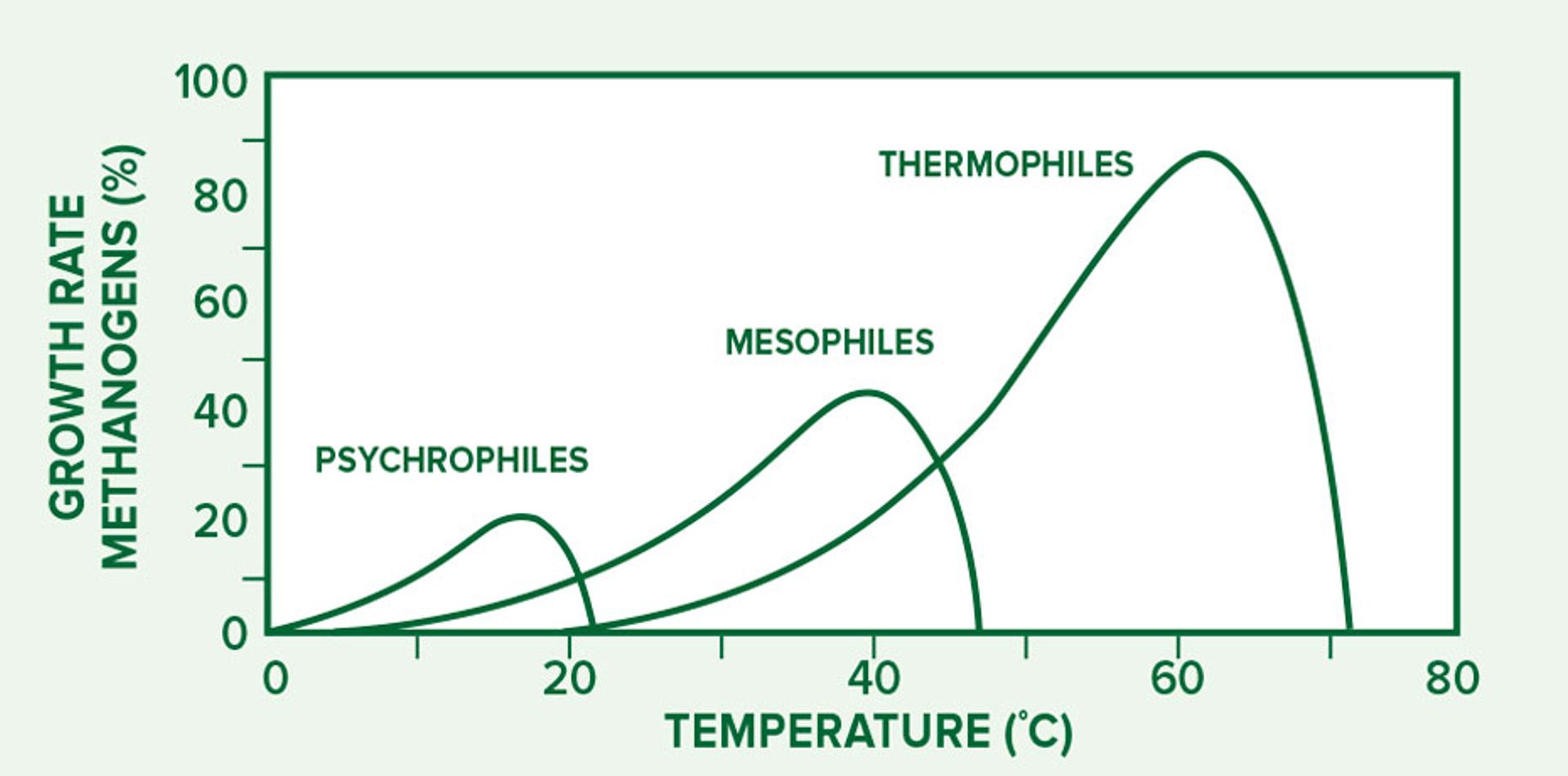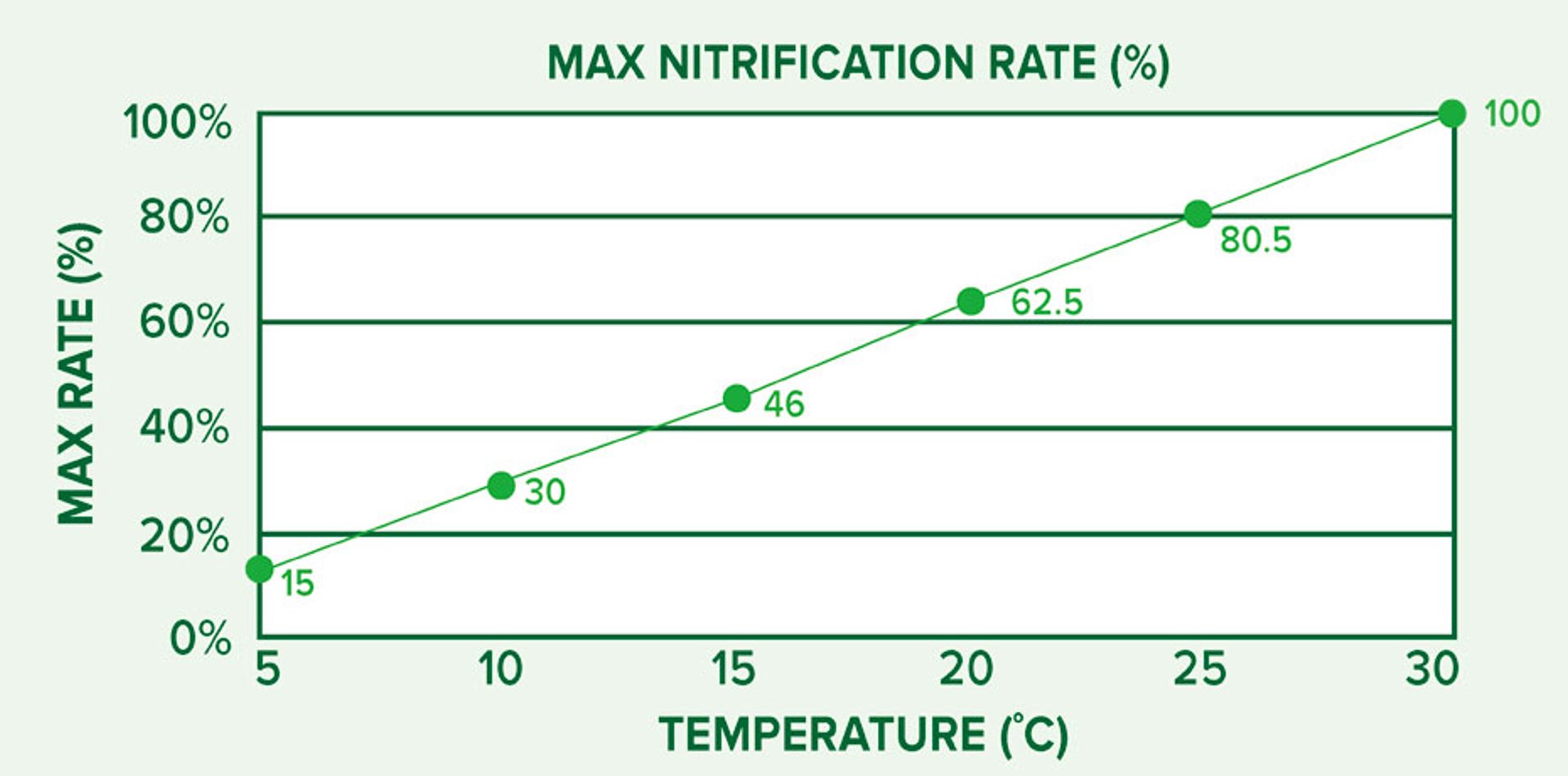
5 Ways Wastewater Treatment Plants Are Impacted by Winter
The cold weather has arrived in most areas, and as a result, winterization of wastewater treatment operations is underway to accommodate the harsh weather and low temperatures. A drop in the operating temperature of wastewater systems can have a significant impact on plant operations and effluent quality and create challenges for plant operators. Continue reading to learn more about winter’s impact and tips to maintain temperature within a system.
1. Physical Impact
The most apparent effects can include icing of equipment, ice formation on water surfaces, particularly with lagoons, freezing pipes, and power outages. Ice formation in process components is the most troublesome. If ice buildup impacts any part of the wastewater treatment plant, it can shut down the entire operation. Icing over equipment like liners, baffles, air and power lines, and aerators can cause significant damage. If surface aerators freeze for lagoons, they can malfunction and leave lagoons even more prone to ice. But preparing for these physical impacts is not the only area where operators need to anticipate the winter weather.
2. Biochemical Reaction Impact
Temperature drops also impact the biochemical reactions associated with bacterial metabolism and reproduction. Reaction rates typically decrease by half for every 50 degrees Fahrenheit drop in temperature. This decrease in reaction rate can be translated directly into a drop in activity.

Temperature changes can also alter the microbial ecology of the biomass, selecting psychrophilic and psychrotolerant bacteria, as well as altering enzyme pathways. This changeover in populations is not significant and can take multiple sludge ages (months) to occur. If operations are not modified to account for the decrease in biological activity, the plant operations can experience poor BOD reduction.
3. Nitrification and Denitrification Impact
The most recognizable impact of cold weather on the system is the loss of nitrification. Nitrifying bacteria are generally some of the most sensitive bacteria in a wastewater system. Nitrifying bacteria have some cold tolerance to their survivability. To avoid a loss of nitrification, systems should typically not drop below 50 degrees Fahrenheit. Activated sludge systems do not often drop below this threshold; however, aerated ponds and lagoons do often. Aerated ponds that require nitrifiers during the winter sometimes require nitrifier bioaugmentation and can benefit from the addition of a fixed media to retain them.

As more plants begin to use dentification strategies to meet stricter total nitrogen limits, the tolerance of denitrifying bacteria has come under more scrutiny. Similar to nitrification, systems that maintain operating temperatures below 50 degrees Fahrenheit often experience poor denitrification.
4. Anaerobic Treatment Impact
For industrial sites using anaerobic pretreatment, winter is often the costliest month to run their digesters due to cost to maintain mesophilic temperatures and/or the drop in efficiency related to lower biological activity. This decrease in anaerobic bacteria activity can often lead to lost biogas production and increased downstream treatment costs.
5. Upset Recovery Impact
Upsets occurring in cold weather systems can often take 2-3 times longer to recover from than during high-activity warm systems. In systems with high FOG loadings, the filamentous bacteria Microthrix Parvicella can cause severe foaming and sludge bulking as the drop in temperature impacts the solubility of fats and long-chain fatty acids. The less soluble fats are, the more these hydrophobic bacteria can consume them at the water-air interface.
Operational Solutions
The most common operational change made to winterize a treatment system is to elevate the concentration of biomass by 25-50%. Because bacteria are working at a slower rate and hydraulic retention times are the same, more bacteria are needed to maintain similar oxygen uptake rate activity and BOD removal. Winterization should be planned during the fall as operators will find difficulty in raising biomass concentrations after the cold weather has arrived.
Industrial treatment plants typically must increase nutrients during colder temperatures to compensate for not only the increase in biomass, but the increased requirement for all cell maintenance. Some industrial facilities may have the ability to adjust the temperature of their wastewater by bypassing retention basin or allowing water cooling system to perform less efficiently in the winter. Depending on the system design, the loss of equalization could subject the wastewater system to more severe spill and slug loading issues.
Product Solutions
Tackle the vast majority of challenges that come with winter and cold temperatures with EnviroZyme’s Cold Weather Organics Control. Cold Weather Organics Control contains high counts of microorganisms proven to thrive and reproduce in cold temperature wastewater applications. It targets BOD, COD, FOG, and other organics in lower temperatures. The robust formula with high counts and bacterial species is selected for cold weather performance and can be used across a broad range of industrial and municipal applications. Additionally, it can be used for daily maintenance or to regain control in upset situations. Supplementing the biomass with Cold Weather Organics Control just prior to the onset of seasonal change or cold weather will allow activated sludge profile to adapt and maintain peak efficiency, even as water temperatures drop significantly.
Loading...
To assist with nitrification during winter, EnviroZyme’s Nitrifier is specially formulated with a proprietary blend of nitrifying microorganisms to provide a consistent seed of both types of nitrifiers for ammonia conversion. Selected strains of both Nitrosomonas spp. and Nitrobacter spp. are packaged at a high concentration to allow for the rapid reseeding of systems with ammonia issues. It accelerates the establishment of nitrification in newly commissioned or seasonally operated plants.
Loading...
Winterizing Tips
When possible, maintaining the temperature within the treatment system may be assisted by the following:
- Turning off unnecessary surface aerators
- Supplementing aeration by using air compressors with diffusers
- Raising the temperature of cooling water systems
- Insulation of exposed wastewater piping
- Increasing water depths in lagoons
- Increasing influent wastewater temperatures by bleeding steam into the sewer system or allowing higher temperature boiler blowdown into the sewer
Winter weather brings operational challenges to plant operators, but with a sound operation strategy aided by EnviroZyme’s bioaugmentation solutions, plant operators can overcome even the toughest winter challenges. To get in touch with an EnviroZyme representative to formulate a plan for winter, please fill out the form below.
